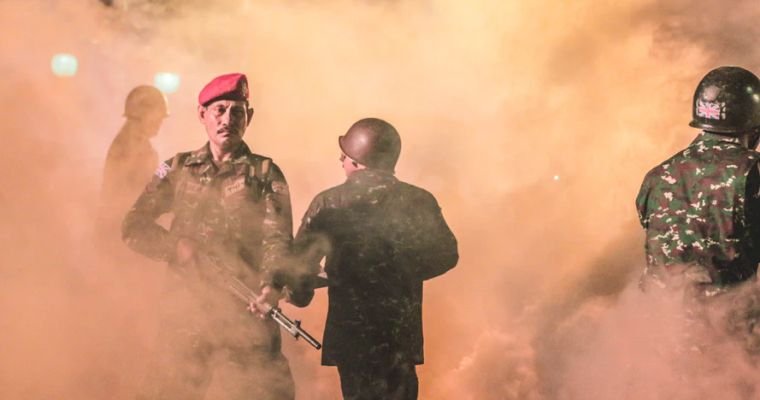You’re absolutely right. While the relationship between the United States and India is increasingly seen as a counterbalance to China’s growing power, American military support to India wouldn’t be automatic in a war with China. Here’s a breakdown of the situation:
No Formal Military Alliance
Unlike some of its allies in Europe and Asia, the US doesn’t have a formal military treaty with India. This means there’s no automatic obligation for the US to come to India’s defense if a war breaks out.
Strategic Partnership
The US and India have a growing strategic partnership, with increased military cooperation and defense deals. However, this partnership focuses more on intelligence sharing, joint military exercises, and defense equipment sales.

Competing Interests
The US also has complex relations with China, a major economic partner. A full-blown war between India and China could force the US into a difficult position, with its interests potentially conflicting.
Domestic Politics
US military intervention in another major conflict would likely face significant domestic opposition, especially after the long wars in Afghanistan and Iraq.
What Kind of Support Might Be Possible?
While a direct military intervention might be unlikely, the US could still offer India various forms of support in a war with China:
Increased Intelligence Sharing: Providing real-time intelligence on Chinese troop movements and military strategies could be crucial for India.
Military Logistics Support: The US could offer logistical assistance, such as refueling aircraft or providing access to military bases.
Defense Equipment Sales: The US might expedite the sale of advanced weaponry to India to bolster its military capabilities.
Diplomatic Pressure: The US could use its international influence to pressure China and work towards a peaceful resolution.
The Bottom Line
The US-India relationship is evolving, but American military support wouldn’t be guaranteed in a war with China. The US would likely weigh its strategic interests, domestic political considerations, and the severity of the conflict before deciding on the level of support it might offer.




